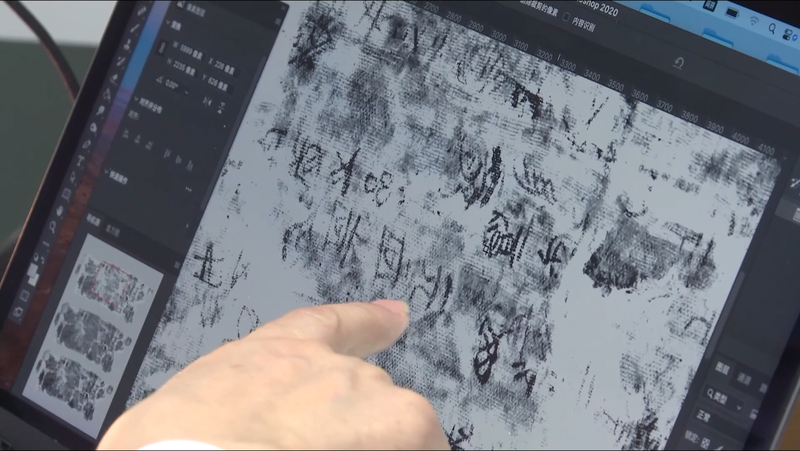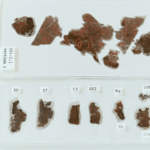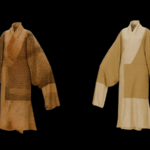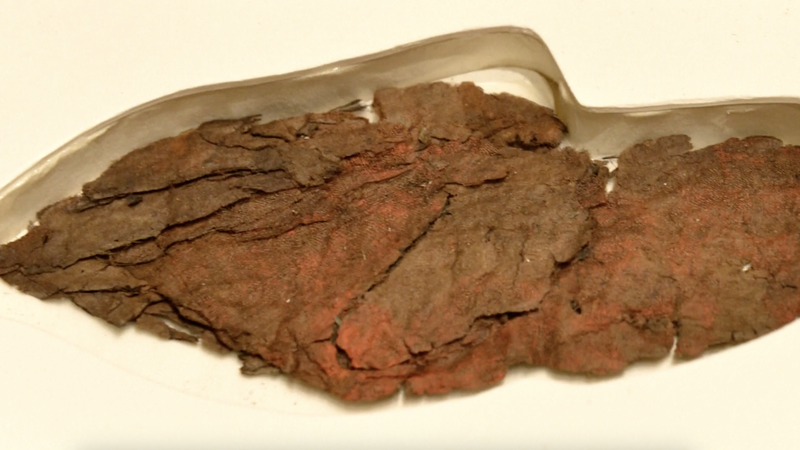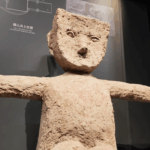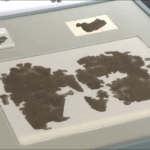After their triumphant return from the United States, the 2,300-year-old Zidanku Silk Manuscripts are now at the forefront of a technological revolution at Hunan Museum. Using non-invasive imaging techniques, researchers are creating a digital blueprint of these fragile artifacts – one spectral scan at a time.
A Journey Home and Into the Digital Age
Following meticulous conservation work, the museum's team has deployed a specialized platform capturing data across light spectrums from visible to near-infrared. 'This is archaeology without intrusion,' explains lead researcher Dr. Wei Lin. 'We're essentially creating a multidimensional passport for each silk fragment – recording its current state while preserving options for future study.'
From Spectral Scans to AI Restoration
The preservation strategy combines:
- High-precision holographic imaging mapping surface details
- X-ray fluorescence analysis differentiating ancient pigments
- Micro-CT scanning revealing hidden folds in unopened fragments
This data treasure trove will fuel AI algorithms capable of virtually reconstructing damaged sections, offering scholars worldwide unprecedented access while protecting the physical artifacts. The digital archive is expected to launch research collaborations across archaeology, materials science, and historical linguistics.
As the project advances, it sets a new standard for safeguarding delicate cultural heritage – proving that sometimes, the best way to preserve history is to reimagine it through tomorrow's technology.
Reference(s):
cgtn.com
